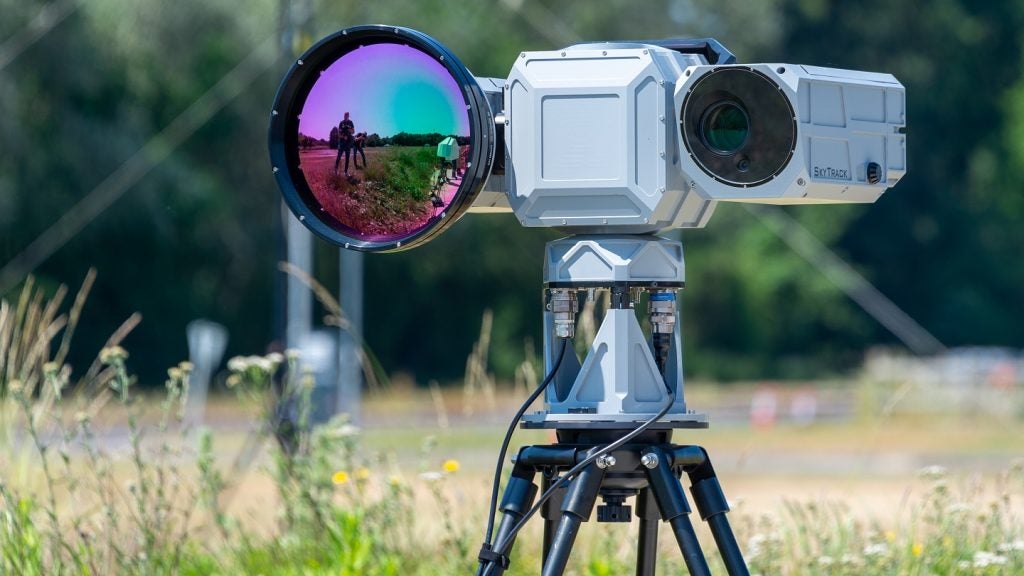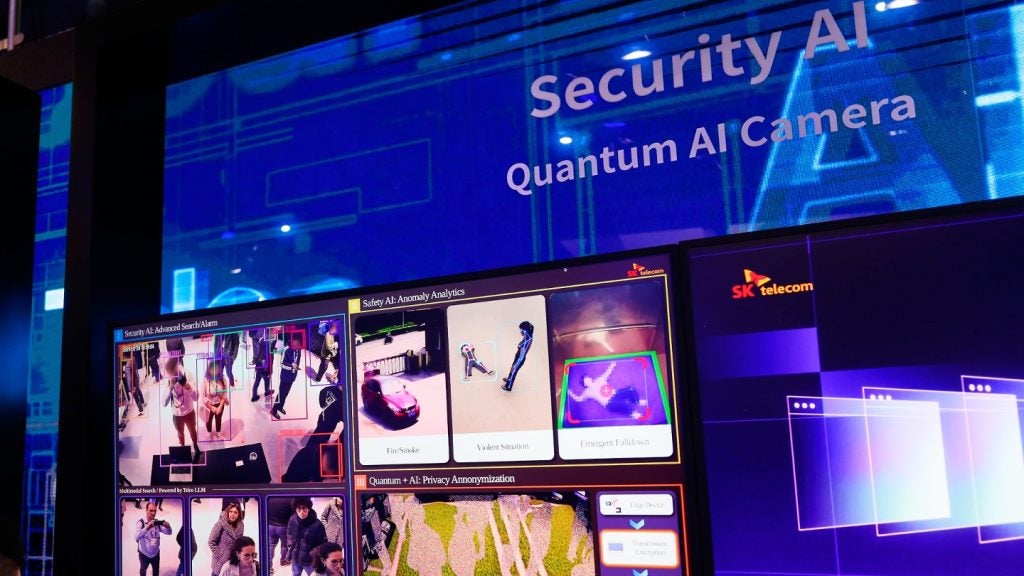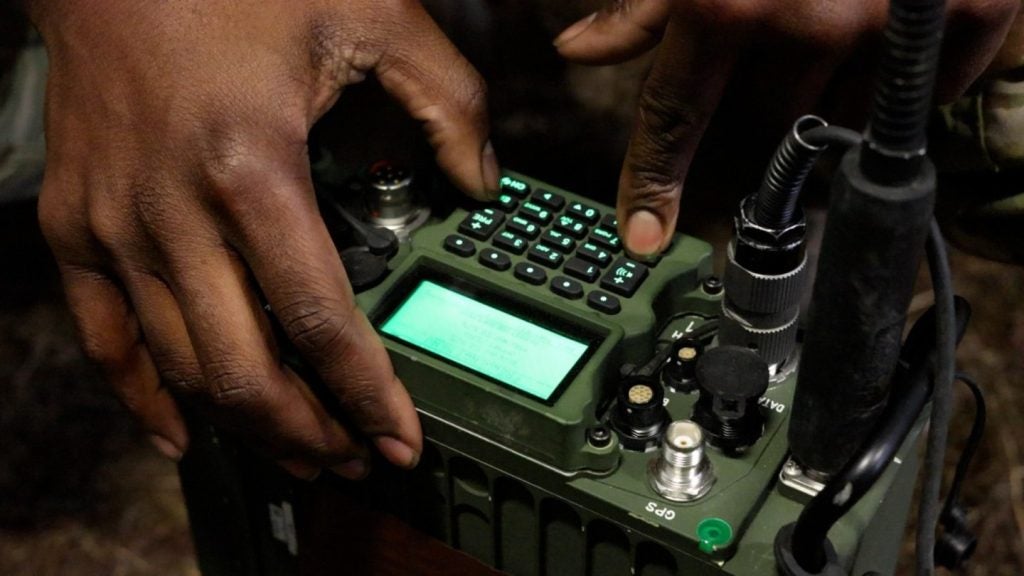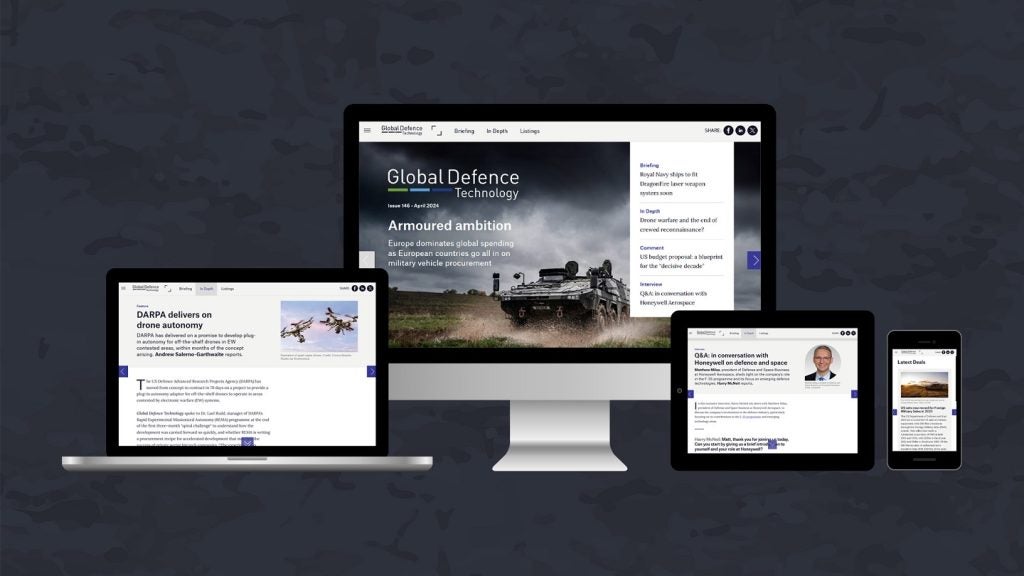
Radars and detection devices are used to sense a wide range of threats on the ground, in the air or on waters. They provide an indispensable tool for locating threats and targets and in obtaining advanced warnings of enemy position and direction. Some detection tools are capable of sensing radioactive, chemical and explosive substances.
The global military radar market is expected to register a compound annual growth rate of 2.03%, growing from US$11.1 billion in 2020 to US$13.6 billion by 2030, according to GlobalData’s The Global Military Radar Market Forecast 2020-2030 report. The cumulative market for global expenditure on military radar is valued at US$123.2 billion over the forecast period. The market consists of three categories: air, land and maritime radar.
We speak to radar and detection specialist companies about their recent capabilities and contracts.
Waterborne threats
Many coastal surveillance platforms can spot vessels and aircraft from tens of nautical miles due to their narrow beam shape and transmission waveforms. These methods can also create a blind zone where intruders can approach undetected.
UK-based radar expert Blighter Surveillance Systems is set to provide its C400 radar series onshore and offshore installation security radars to protect three offshore oil platforms and an onshore refinery in West Africa. The radars are specifically designed for relatively short-range detection of small surface targets.
The order consists of four 180° Blighter C422 radars, one for each facility. The contractor, the location of the refineries and the value of the contract cannot be disclosed due to the sensitive nature of the task the radars intend to fulfil.
How well do you really know your competitors?
Access the most comprehensive Company Profiles on the market, powered by GlobalData. Save hours of research. Gain competitive edge.

Thank you!
Your download email will arrive shortly
Not ready to buy yet? Download a free sample
We are confident about the unique quality of our Company Profiles. However, we want you to make the most beneficial decision for your business, so we offer a free sample that you can download by submitting the below form
By GlobalDataA Blighter spokesperson tells Global Defence Technology: “Blighter C400 series radars are designed for coastal security applications including seaport surveillance and onshore and offshore security of coastal assets, such as oil and gas installations, desalination plants, nuclear power stations, palaces and other high-value assets.
“Blighter C400 series radars are dual-mode – ground and coastline – radars that can scan and detect moving objects over both land and sea surface. The radar supports zone-based processing algorithms, where either land target or surface target processing algorithms are applied.”
The C422 radars delivered for the protection of the refineries each comprise two individual radar units, a main radar unit and an aux radar unit. The units are fully integrated, interconnected and provide a 180-degree electronic scanning capability.
This gives substantial coverage and allows the radars to detect threats approaching the land-based refinery and inbound hostile vessels from up to 20km.
“Offshore installation security systems need to provide sufficient warning time to allow oil rig workers to take shelter in designated panic rooms before a pirate attack takes place. Once workers are known to be safe, the local control centre can coordinate a response to the threat, including the support of naval warships where appropriate,” the spokesperson explains.
But the countermeasures seldom include shootouts around the highly explosive refineries to avoid lethal accidents.
Blighter says that as the C400 series has no moving parts, it offers ultra-high reliability, long service life and reduced maintenance requirements. The company is planning to carry out every routine maintenance and support in-country by its local partner companies.
At the borders
An essential capability of strategic planning on the country level is radiation monitoring at the borders to prepare and combat weapons of mass destruction.
Security screening expert Smiths Detection contributes to the US Department of Homeland Security Countering Weapons of Mass Destruction Office’s efforts by providing 110 radiation portal monitors (RPM). The devices will be in service across land border crossing throughout the entire country.
Smiths Detection senior sales manager Matt Regan says: “RPMs are passive, non-intrusive radiation detection devices used for the screening of vehicles, cargo and people for the detection and interception of radiological threats.
“RPMs detect traces of radiation emitted from an object passing through. Like a radio receiver, the system responds to certain types of energy and measures the strength of the energy detected.”
Smith Detection is partnering with Canadian company Radiation Solutions to deliver the monitors. Regan says the latter is providing engineering, design, technical know-how and some fabrication, while Smiths Detection carries out manufacturing, full-scale production, deployment and field servicing.
Reagan explains: “Radiation monitoring is essential to a multi-layered strategy for protecting the US against terrorists and terrorist weapons, including weapons of mass destruction.”
Smiths Detection has been awarded other contracts to support detection technologies to US border offices, including high-energy train scanners, multi-energy portal truck scanners and mobile X-ray vans.







